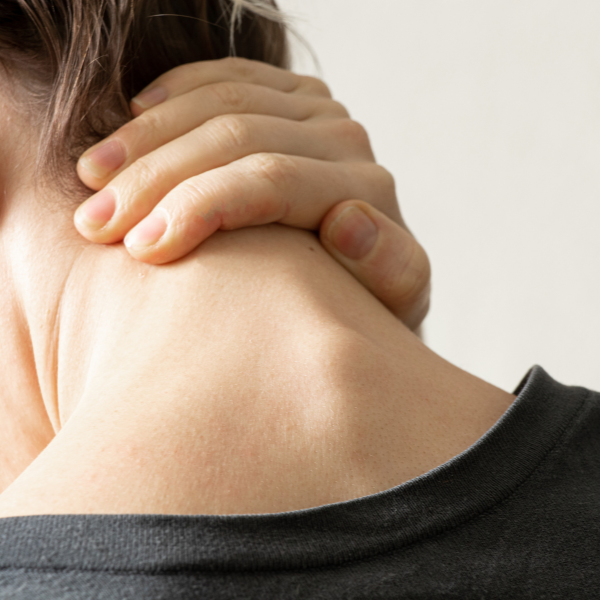Neck Pain & Cervical Spine Conditions

As the body’s main support structure, the spine is the source of a variety of injuries / conditions resulting in acute and chronic pain. The cervical region is one of five segments and is where neck pain often originates.
The spinal column is made up of 33 individual bones called vertebrae and is the body’s main support structure. Each vertebra is numbered and they are divided into five regions: cervical, thoracic, lumbar, sacrum, and coccyx. The vertebrae of the sacrum and coccyx are fused together.
Cervical Radiculopathy
This condition is an irritation or compression of one or more nerve roots in the cervical spine. Because these nerves travel to the shoulders, arms and hands, an injury in the cervical spine can cause symptoms in these areas. Cervical radiculopathy may result from a variety of problems with the bones and tissues of the cervical spinal column.
Discogenic Pain
This pain comes from one of your spinal discs. Those are the soft cushions that allow the bones of your spine to flex and twist. Discogenic pain is a common reason for chronic lower back pain.
Degenerative Disc Disease
This condition is a weakening of one or more vertebral discs, which normally act as a cushion between the vertebrae. This condition can develop as a natural part of the aging process, but it may also result from injury to the back.
Herniated Disc
Between the vertebrae of your spine are soft discs. They let your spine twist and bend. They absorb shocks. But if damaged, the disc's soft center can push through the disc wall. That's a herniated disc. This bulge presses against nerves in your spine.
Facet Joint Syndrome
This is a problem with the facet joints of the spine. These are the joints where one vertebra connects to another. They support your spine, while allowing it to bend and twist. With this syndrome, these joints become stiff and painful.
Occipital Neuralgia
This condition is a distinct type of headache caused by irritation or injury of the occipital nerves. These nerves travel from the base of the skull through the scalp. This condition can result in severe pain and muscle spasms.
Osteoarthritis of the Spine
If you have back or neck pain that doesn't go away, you may have osteoarthritis of the spine. Osteoarthritis is the most common form of arthritis. For many of us, it develops slowly as we age. And it can keep you from being as active as you like.
Post-Laminectomy Syndrome
This condition, also called "failed back surgery syndrome," is a type of chronic pain. It can develop in some people after spine surgery.
Spinal Stenosis
Your spinal nerves travel through your spinal canal and exit through openings we call "foramen." If any of these spaces are too narrow, your nerves become compressed. We say you have "spinal stenosis." It's a problem that most often happens in the neck and lower back.
Spondylolisthesis
This condition occurs when a lumbar vertebra slips out of place. It slides forward, distorting the shape of your spine. This may compress the nerves in the spinal canal. The nerves that exit the foramen (open spaces on the sides of your vertebrae) may also be compressed. These compressed nerves can cause pain and other problems.
Spondylosis
This is a crack that forms in a narrow bridge of bone at the back of a vertebra. A vertebra is one of the bones that forms your spine. Often, this injury happens in the lumbar spine. It can happen to people of all ages. But, we most often see it in children and teens. That's because their bones are still growing.
Whiplash
This is a common neck injury. It happens when your neck jerks back and forth quickly and violently. Your spine bends past its normal range of motion. This can injure the vertebrae of your cervical spine. It can damage the supporting ligaments and muscles in your neck.
MYOFASCIAL PAIN SYNDROME
This is a chronic pain disorder that affects the muscles and the sheath of connective tissue (called the fascia) that surround them. In this condition, pressure on sensitive points in your muscles or "trigger points" can cause pain in unrelated parts of your body. This is known as referred pain. Myofascial pain syndrome typically occurs after a muscle has been contracted repetitively, and it's associated with muscle pain with specific trigger points and localized tenderness.
FIBROMYALGIA
This is a chronic disorder characterized by widespread musculoskeletal pain, fatigue, and tenderness in localized areas. It's often accompanied by sleep, memory, and mood issues. While the exact cause of fibromyalgia is unknown, it's believed to involve a variety of factors working together, including genetics, infections, and physical or emotional trauma.

